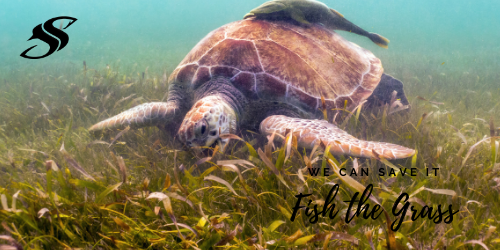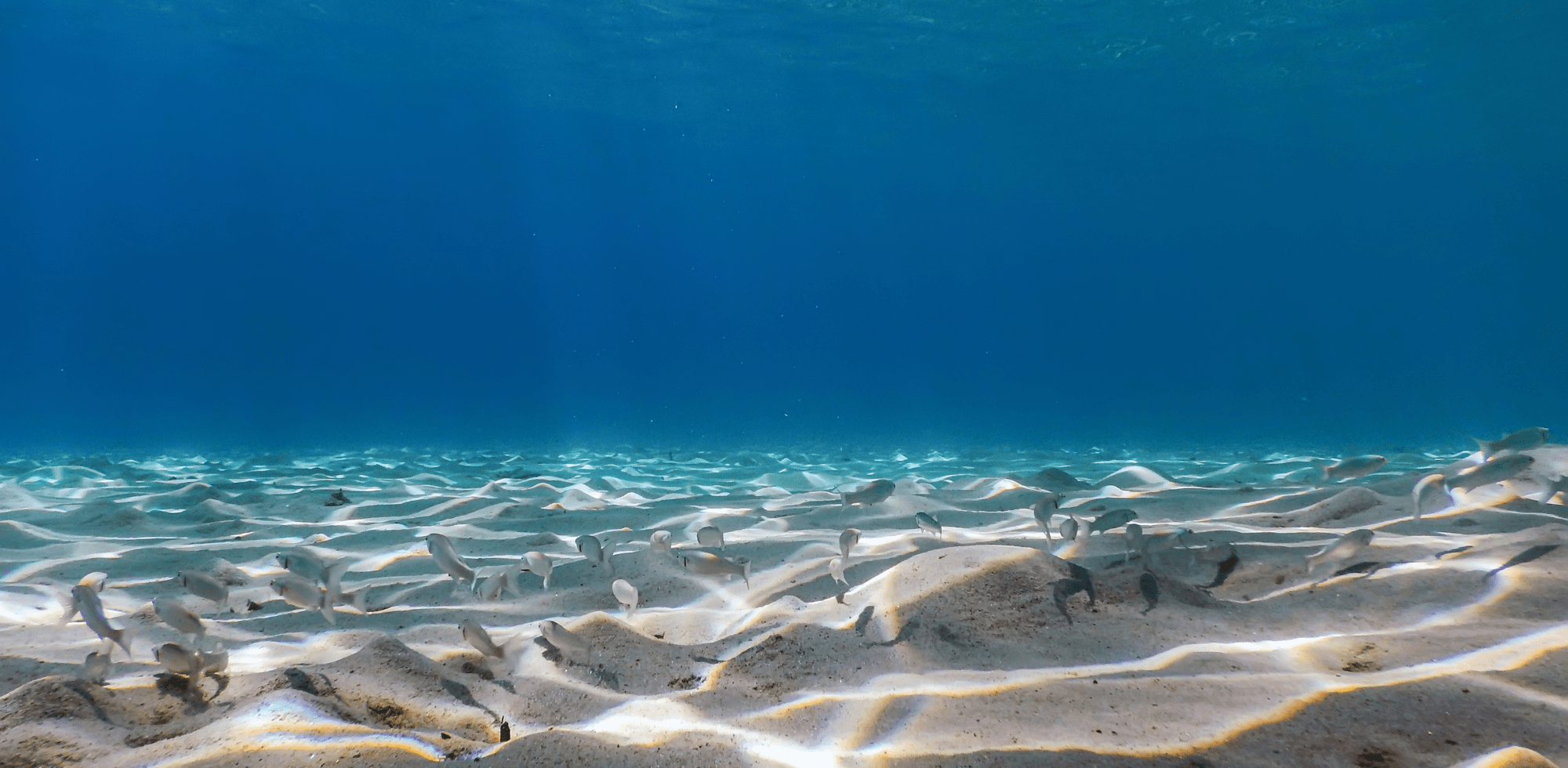
Before I get into drift fishing, I thought I would share a little knowledge regarding Sea-grass. Did you know that there are seven native species of sea-grass in Florida? The seven include:
- Turtle Grass
- Manatee Grass
- Shoal Grass
- Johnson's Seagrass
- Paddle Grass
- Star Grass
- Widgeon Grass
The most common types of grass that we as fisherman encounter is Turtle grass and Manatee grass. Turtle grass is flat-bladed and ribbon-like; the grass grows up to 14 inches. Turtle grass is a favorite meal of the green sea turtle, hence the name. Manatee grass is common throughout Florida's estuaries and is the second most common sea-grass in Florida. Manatee grass typically grows up to twenty inches and can be found mixed in with other sea-grass. It's also called "Manatee grass" because it is a favorite food source for the manatees. Drift fishing the grass flats is relatively popular amongst most anglers because it's simple and effective. Common knowledge tells us that grass provides a sanctuary to dozens of species, everything from fish to crustaceans. Grass protects smaller life and is camouflage to larger prey. Fishing the flats allows you to loosen the drag, prevent frustrating hang-ups in the mangroves and enjoy tension free fishing. When fishing the Southshore, I prefer a wind from the north or south when drift fishing; this allows me to drift parallel to the shore, covering a considerable distance. I like to cast toward potholes and areas that are of darker contrast. Sometimes when drifting too rapidly, you can deploy a drift shoot or a five-gallon bucket to slow the rate at which you are moving. Doing so is especially useful in "Hot zones" or areas that you know fish congregate. Many times while drifting, you come onto large schools of quality fish; a catlike approach allows you to get close.
Throwing artificial is ideal in this situation because you can cover so much area, which increases your odds of triggering a strike. In the winter, when the water is clear of floating grass and debris, I prefer to throw a 1/8 or 1/16 ounce jig head and a Little John or Gulp. In the summer, I like suspending baits such as the Mirrordine or a spoon. Wintertime drift fishing typically allows for a great opportunity to sight cast, the water is clear, and there is usually no grass to impede the end goal. With clear water comes spooky fish, approach with care, and make a long cast. A 7'6" or 8-foot rod is best for this application of fishing; a more extended cast equals more success. Fly fishing while drifting in the cooler months is another great alternative, especially if you are looking to challenge your angling abilities. The other challenge is trying to find a day that the wind isn't howling at 25 knots. Be sure that you follow the law and are cognizant when fishing the flats so that you don't damage the underwater ecosystem. Prop scars and trash plague the grass flats; it can take years for Mother Nature to recover from an irresponsible boater. Get out there, take caution, respect the elements and have fun!


